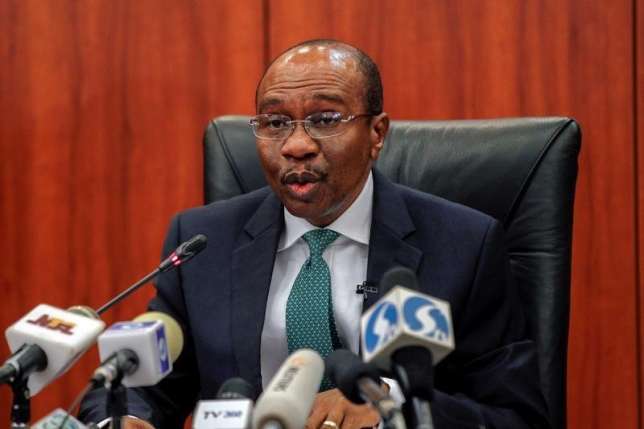
CBN again retains MPR at 13.5%
The Monetary Pokicy Committee (MPC) of the central bank of Nigeria(CBN) has retained the monetary policy rate(MPR) at 13.5percent and all other parameters.
Speaking in Abuja after the meeting held at the CBN headquarters, Governor of the apex bank Mr Godwin Emefiele said the Cash Reserve Ratio(CRR) is left at 27.5%, the asymmetric corridor of +200/-500 basis points around the MPR and the retention of the Liquidity Ratio at 30 per cent.
Emefiele’s broadcast was monitored by Economic Confidential via its twitter handle.He said that the committee maintained MPR essentially for sustainable support to growth before any possible adjustment. He said, “This would enable policy to react suitably to development as they occur in the near term.
According to him,
“Retaining the current policy position provides an avenue to evaluating the impact of the monetary and fiscal policies to support lending by the banking industry without altering policy rate.”
According to the governor, the MPC noted the recent actions of the Bank, targeted at strengthening the resilience of the financial system and alleviating the initial impact of the crisis. In its wisdom, the Committee felt that tightening would result in reining in the rising trend in inflation, and that it would support reserve accretion. However, it would reduce money supply and limit DMBs credit creation capacity, thus resulting in increasing the cost of credit, with adverse impact on output growth. Tightening would also result in a reduction in aggregate demand as a fall in disposable income results in output compression; whereas at this time, policy emphasis should be on stimulating aggregate supply and demand, both already weakened by COVID-19.
With respect to loosening, whereas the Committee felt it would stimulate the economy in the short term, and boost aggregate supply and demand, the Committee nevertheless, was of the view that there was a need to be cautious in loosening given the fact that it would exacerbate an already worsening inflationary condition, resulting in massive pressure on reserves and the exchange rate.
Based on the balance of these arguments, the MPC, in taking note of the recent actions already taken by the Management of the Bank in response to the COVID-19, resolved to allow time for the measures to permeate the economy while allowing the pandemic to wear out its plateau before deciding on further supporting policy measures to boost and strengthen aggregate demand and supply in the recovery phase of the economy. The choice to hold also considered the subsisting LDR and the DCRR policies, which sterilize excess liquidity in the banking system, hence an increase in the MPR would be counter-productive.
